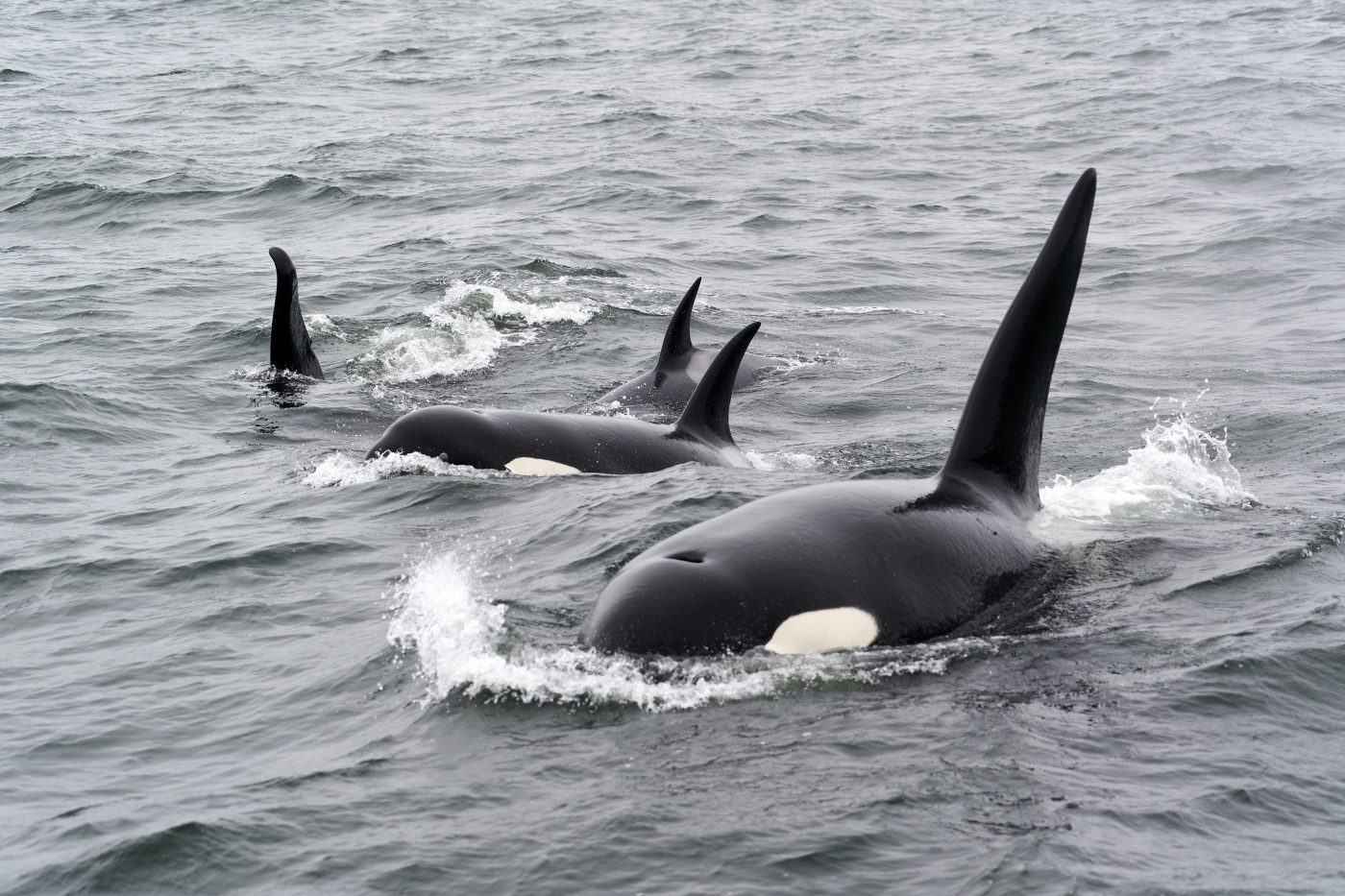2021 preseason salmon management schedule set
The Council approved the 2021 salmon management schedule in November. All meetings and hearings are expected to be conducted online. A summary of the schedule is provided below.
Jan. 19-22, 2021: The Salmon Technical Team (STT) meets to draft Review of 2020 Ocean Salmon Fisheries. (Available mid-February)
Feb. 16-19: STT meets to complete Preseason Report I: Stock Abundance Analysis and Environmental Assessment Part 1 for 2021 Ocean Salmon Fishery Regulations. (Available early March)
Feb. 20 – Mar. 4: State and tribal agencies hold constituent meetings to review preseason abundance projections and range of probable fishery options.
Mar. 2-5 & 8-11: The Council adopts 2021 regulatory management measure alternatives for public review and addresses inseason action for fisheries opening before May 16.
Mar. 11-20: The STT completes Preseason Report II: Proposed Alternatives and Environmental Assessment Part 2 for 2021 Ocean Salmon Fishery Regulations (available late March).
Mar. 11-31: Management agencies, tribes, and the public develop their final recommendations for the regulatory alternatives. North of Cape Falcon Forum meetings are held between the March and April Council meetings.
Mar. 22: Preseason Report II is posted on the Council website.
Mar. 23-24: Tentative dates of public hearings to review the Council’s proposed regulatory options are: Washington (Tuesday, March 23); California (Tuesday, March 23); and Oregon (Wednesday, March 24). Meetings will be held online. Comments on the alternatives will also be taken during the April 6-15 Council meeting.
Apr. 6-15: The Council adopts final 2021 regulatory management measures.
Apr. 15-21: The STT completes Preseason Report III: Council Adopted Management Measures and Environmental Assessment Part 3 for 2021 Ocean Salmon Fishery Regulations (published by April 22).
May 16: NMFS implements Federal ocean salmon fishing regulations.
Council adopts preferred alternative to address salmon fishery’s effect on Southern Resident killer whales

In November, the Council adopted a final preferred alternative to address the effect of Council-area ocean salmon fisheries on the Chinook salmon prey base of Southern Resident Killer Whales.
The Council adopted a threshold of 966,000 Chinook, which would trigger action in the preseason process. This number is the mean of the seven lowest years of Chinook salmon abundance (before fishing) in the area North of Cape Falcon. When a year’s preseason abundance projection falls below this threshold, the following management actions will be taken:
- Quotas for non-treaty fisheries north of Cape Falcon will be reduced on a sliding scale based on Chinook abundance.
- No more than 50 percent of the non-treaty commercial troll Chinook salmon quota north of Cape Falcon will be assigned to the spring (May-June) period.
- An expanded area of the Columbia River control zone will be closed to salmon retention from the start of non-treaty ocean salmon fisheries until June 15.
- The Grays Harbor control zone will be closed to salmon retention from the start of non-treaty ocean salmon fisheries until June 15.
- The start of the commercial troll fishery between Cape Falcon and the Oregon/California border will be delayed until April 1.
- The Oregon and California waters of the Klamath Management Zone (KMZ) will be closed to commercial and recreational salmon fisheries from October 1 through March 31 of the following year.
- An expanded KMZ area will be closed to salmon retention from September 1 through March 31 of the following year. (Typically the Klamath Control Zone, an area near the mouth of Klamath River, is closed to fishing during the month of August).
- Commercial and recreational salmon fisheries in the Monterey management area will be closed from October 1 through March 31 of the following year.
The Council was in favor of reevaluating conservation objectives for Sacramento River fall Chinook and Klamath River fall Chinook and developing an age-structured stock assessment for Sacramento River fall Chinook, when sufficient data becomes available.
The Council’s preferred alternatives will be forwarded to NMFS for review and approval with the goal of implementing this new management approach in 2021.
NMFS continues to work toward control rule for coho stocks
The Council’s Southern Oregon/Northern California Coast (SONCC) coho ad hoc workgroup is making progress on a new harvest control rule for SONCC coho stocks, which are listed as threatened under the Endangered Species Act. In November, the Council reviewed a summary of available data, a description of proposed risk assessment methods, and a review of a preliminary range of harvest control rules. The Council commended these efforts and asked that future work consider environmental variables as harvest control rules are further developed. The Council is scheduled to adopt a range of alternatives at its April 2021 meeting.